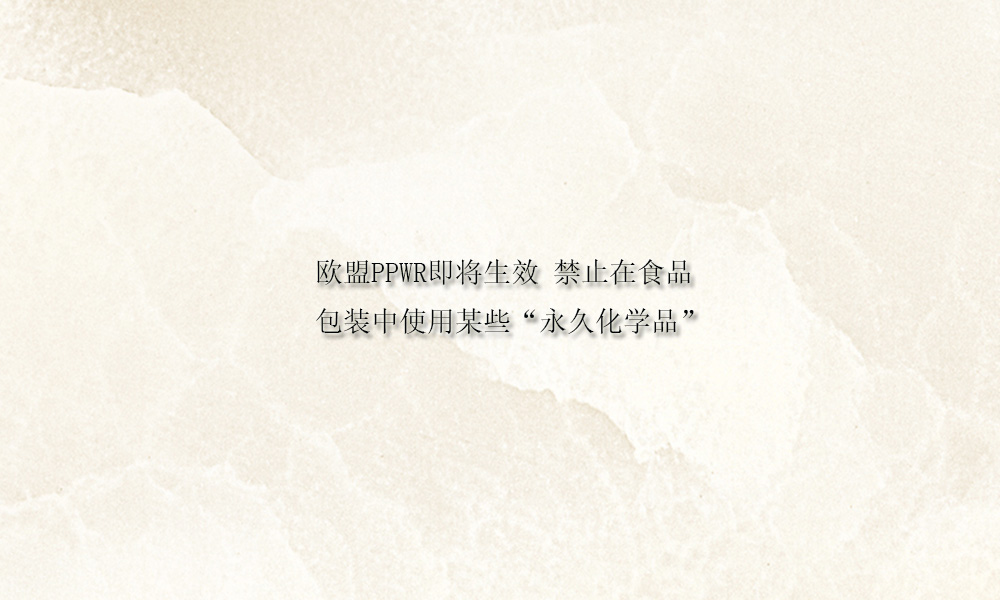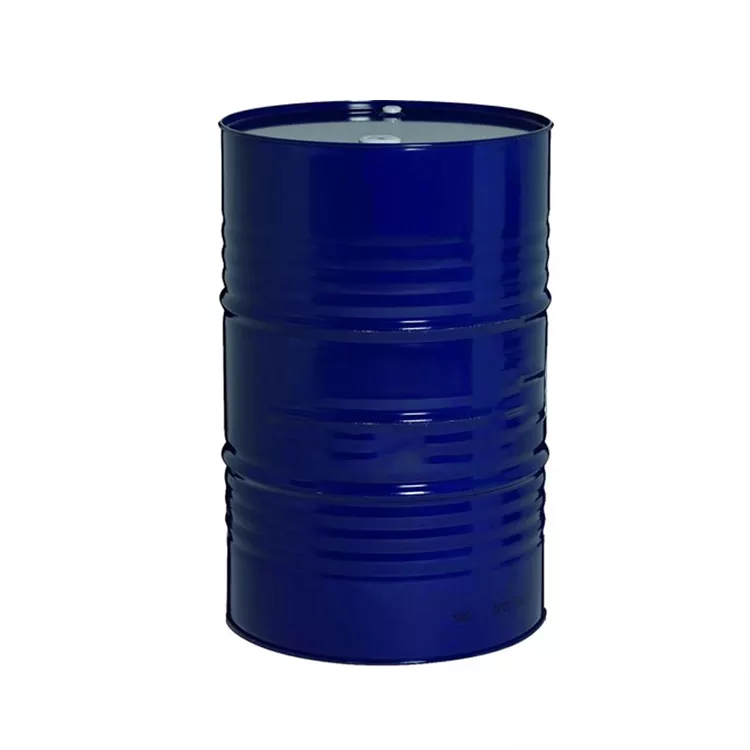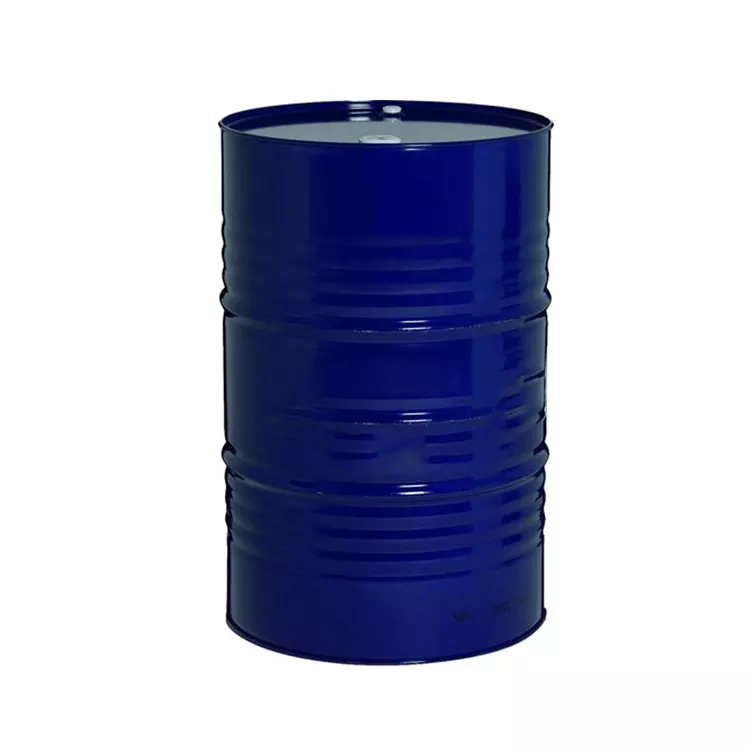

On March 17, Belgium, the rotating presidency of the EU Council, announced on Twitter that the revised version of PPWR (Packaging and Packaging Waste Regulations) has been confirmed by the governments of 27 member states.
PPWR Core Terms
Since the core of PPWR is to solve the problem of increasing packaging waste and promote reuse and recycling, it aims to make the packaging used in the EU safer and more sustainable, and create a low-carbon cycle economic goals. Therefore, the finally passed PPWR put forward a series of goals and requirements:
·Reduce and limit certain types of packaging
PPWR proposes an overall packaging reduction target of 5% by 2030, 2035 10% annual reduction and 15% reduction by 2040.
Also set a target for the proportion of recycled plastics in packaging by 2030: 30% of recycled plastics in contact-sensitive packaging made of PET plastic (except disposable beverage bottles); made of other plastics other than PET Recycled plastics account for 7.5% of contact-sensitive packaging (including plastic packaging for food contact).
The use of thin plastic bags smaller than 15 microns is prohibited unless they are required for hygienic reasons or as primary packaging for bulk food to prevent food waste.
In order to reduce unnecessary packaging, the void ratio of container packaging, transportation, and e-commerce packaging must not exceed 50%. Manufacturers and importers should try to reduce the weight and volume of their packaging unless the packaging design is already protected on the date the regulation comes into force.
·Banning the use of certain “permanent chemicals” in food packaging
To prevent adverse effects on health, PPWR requires a ban on the use of so-called “permanent chemicals” (perfluorinated chemicals) in food contact packaging. and polyfluoroalkyl substances (PFAS) and bisphenol A.
·Deposit return system
By 2029, EU member states must individually collect at least 90% of single-use plastic bottles and metal beverage containers each year. In order to achieve this goal, a deposit return system must be established. However, for deposit return systems that exist before 2029, the minimum requirements of the regulation do not apply if they meet the 90% target.
·Restrict single-use plastics
From 1 January 2030, certain forms of single-use plastic packaging will be completely banned, such as unprocessed fresh fruit and vegetables, in pubs and restaurants Food and beverage packaging for gift and consumption (e.g. condiments, sauces, cream, sugar), as well as micro-products such as hotel toiletries and airport luggage wrap.
On November 22, 2023, the European Parliament’s Environment Committee (ENVI) passed the Packaging and Packaging Waste Regulation (PPWR) in the EU Parliament with 426 votes in favor, 125 votes against and 74 abstentions. ) to unifyEU member states manage packaging and packaging waste in order to promote reuse and recycling and solve the growing problem of packaging waste.
As part of the European Green Deal and the new circular economy action plan, PPWR mainly covers three major goals: preventing the generation of packaging waste, promoting high-quality recycling, and increasing the use of recycled plastics in packaging. It plans to make all packaging plastic by 2030. Must be reusable or recyclable.
amine catalyst Dabco 8154 – BDMAEE
2-ethylhexanoic-acid-potassium-CAS-3164-85-0-Dabco-K-15.pdf (bdmaee.net)
Dabco BL-11 catalyst CAS3033-62-3 Evonik Germany – BDMAEE
Polycat 9 catalyst CAS33329-35-6 Evonik Germany.pdf – BDMAEE
Dabco NE300 catalyst CAS10861-07-1 Evonik Germany.pdf (bdmaee.net)
Dabco 1027 Catalyst CAS100515-55-5 Evonik Germany – BDMAEE
Fomrez UL-28 Catalyst Dimethyltin Dioctadecanoate Momentive – BDMAEE
Polycat 77 catalyst CAS3855-32-1 Evonik Germany.pdf (bdmaee.net)






